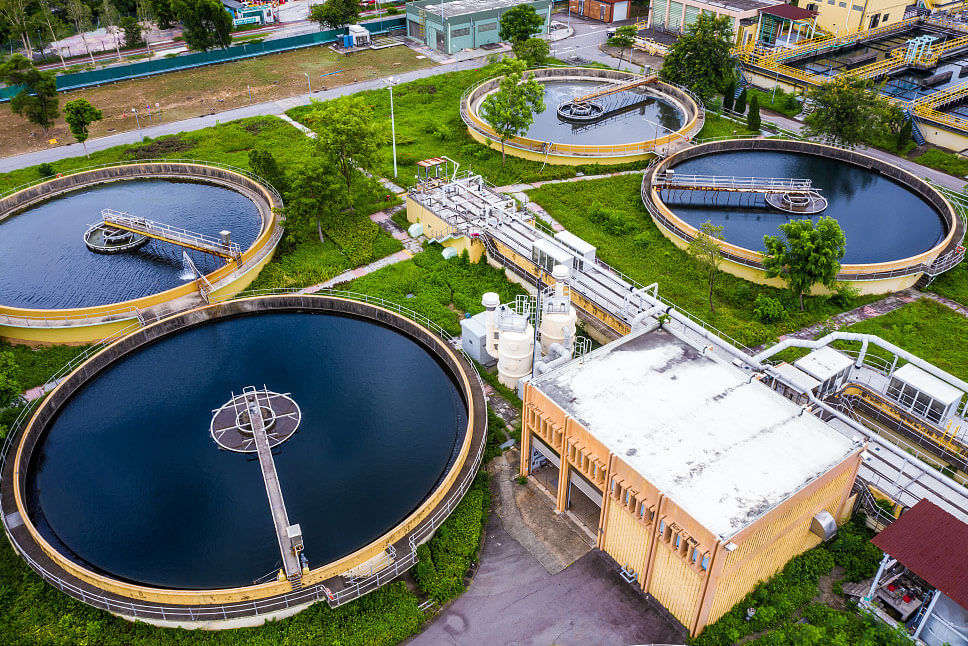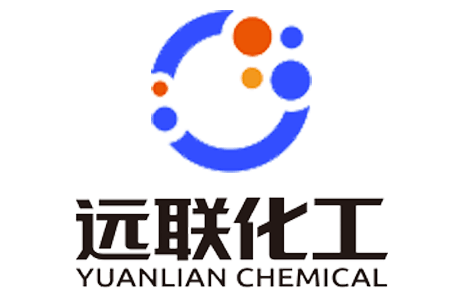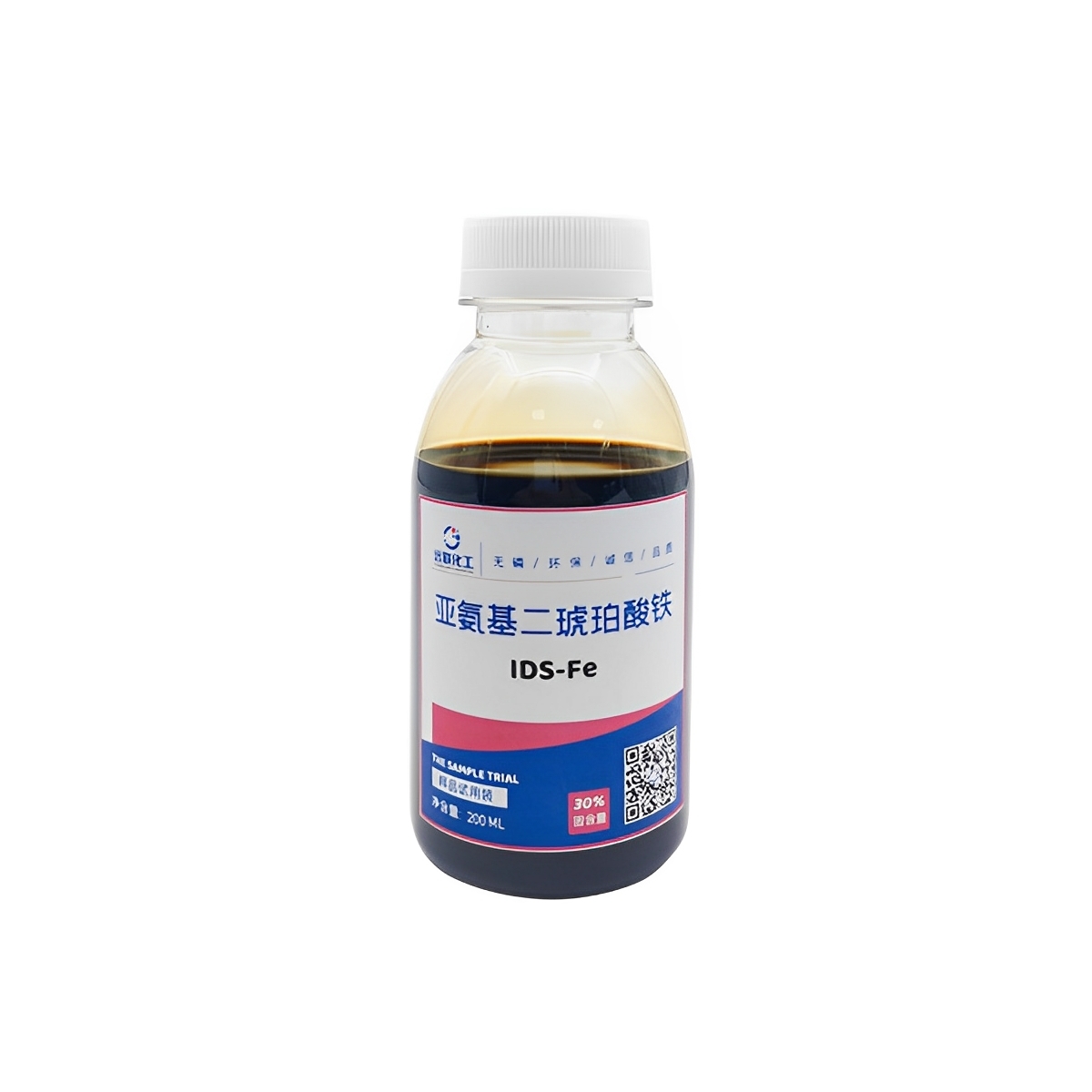
Iminodisuccinic Acid Sodium Salt: Revolutionizing Sustainable Water Treatment Solutions
The Green Chemistry Breakthrough Transforming Water Management
Global water stress is accelerating demand for high-performance treatment chemicals that balance operational efficiency with environmental responsibility. Conventional chelating agents like EDTA and NTA face mounting regulatory pressure due to persistence in ecosystems and toxicity concerns. This sustainability gap has propelled Iminodisuccinic Acid Sodium Salt (IDS) into the spotlight as the next-generation solution – particularly for industrial and municipal water treatment applications where efficiency meets ecology.
What Makes IDS the Future of Water Treatment?
Iminodisuccinic Acid Sodium Salt (CAS No.: 144538-83-0) is a tetrasodium salt derivative of aspartic acid. Unlike legacy chelators, its unique molecular structure delivers:
-
Proven biodegradability (>80% under OECD 301F standards)
-
Multi-ion chelation strength for Ca²⁺, Mg²⁺, and heavy metals
-
Unmatched pH stability (3-12 range) in aggressive environments
-
Zero bioaccumulation risk with low aquatic toxicity
Yuanlian Chemical's proprietary synthesis process enhances these inherent advantages, achieving >98% purity in powder formulations and 40% active concentration in liquid solutions – setting new industry benchmarks for performance consistency.

4 Critical Applications Redefining Water Treatment Efficiency
1. Advanced Scale Control in Cooling/Boilier Systems
In cooling towers and boilers where mineral scaling causes energy losses up to 15%, Iminodisuccinic Acid Sodium Salt for water treatment outperforms polyphosphates and gluconates. By forming soluble complexes with calcium and magnesium ions at concentrations as low as 5-20 ppm, Yuanlian Chemical's IDS prevents carbonate and sulfate scale nucleation. A 2023 study in a Zhejiang power plant demonstrated 68% scaling reduction after switching to IDS – translating to $220,000/year in reduced fuel and maintenance costs.
2. Heavy Metal Detoxification in Industrial Effluents
Traditional precipitation methods often leave toxic residuals in wastewater streams. IDS's exceptional binding capacity for copper, lead, cadmium, and zinc ions (Kstab = 10¹²–10¹⁶) creates stable, soluble complexes that enable safer removal through subsequent treatment stages. A Nanjing electroplating facility using Yuanlian Chemical's IDS achieved 99.2% cadmium removal while reducing sludge disposal costs by 40% compared to hydroxide precipitation.
3. Membrane System Preservation
Reverse osmosis (RO) and ultrafiltration (UF) membranes lose up to 50% permeability within months due to metal oxide fouling. Iminodisuccinic Acid Sodium Salt penetrates microporous structures to sequester iron and manganese ions before they oxidize into insoluble deposits. Field data from Yuanlian Chemical's partnership with a Guangdong desalination plant shows:
-
30% extension in membrane service life
-
22% reduction in cleaning chemical consumption
-
Restoration of 95% original flux after cleaning cycles
4. Synergistic Oxygen Scavenging
When combined with sulfite-based oxygen scavengers, IDS enhances corrosion protection by chelation of catalytic metal ions (particularly copper and iron) that accelerate oxidation reactions. This allows up to 25% reduction in scavenger dosage while maintaining <5 ppb dissolved oxygen levels in boiler feedwater.
Technical Superiority: IDS vs Traditional Chelators
Comparative Analysis Based on Yuanlian Chemical Lab Data
| Performance Metric | IDS | EDTA | Citric Acid |
|---|---|---|---|
| Biodegradation (28 days) | 88% | <5% | 75% |
| CaCO₃ Inhibition @80°C | 94% | 97% | 62% |
| Heavy Metal Binding | Multi-ion | Selective | Weak |
| pH Stability Range | 3-12 | 2-10 | 2-8 |
| Aquatic Toxicity (LC50) | >100 mg/L | 3.2 mg/L | >100 mg/L |
Implementing Yuanlian Chemical's IDS: Best Practices
Optimal Dosage Guidelines:
-
Cooling water circuits: 5-20 ppm
-
Boiler systems: 10-50 ppm
-
Effluent detoxification: 0.1-2% w/w
Operational Notes:
-
Compatible with chlorine, ozone, and common coagulants (avoid strong reducing agents)
-
Works effectively at temperatures up to 120°C
-
Non-corrosive formulations with neutral pH simplify handling
Sustainability Validation & Regulatory Edge
Yuanlian Chemical's IDS holds critical certifications:
-
EU REACH Registered (No. 01-2120524716-38)
-
EPA Safer Choice Certified
-
OECD 301F Full Biodegradability
-
Blue Angel Ecolabel Compliance
A landmark case study at a Finnish paper mill confirmed:
"Replacing EDTA with Yuanlian's IDS reduced aquatic toxicity in discharge water by 57% while cutting sludge treatment costs by €180,000 annually."
Why Industry Leaders Choose Yuanlian Chemical
"While IDS commands a 15-20% premium over EDTA," notes Dr. Li Wei, Yuanlian's Water Treatment Specialist, "the lifecycle savings from reduced waste treatment, extended equipment longevity, and regulatory compliance typically deliver ROI within 8-14 months."
The Future of Water Treatment Chemistry
With zero-liquid discharge (ZLD) systems becoming mandatory worldwide, IDS's ability to enhance evaporator performance while preventing silica scaling positions it as the cornerstone of next-generation water management. Yuanlian Chemical's R&D division is advancing nano-chelator composites that promise 3X heavy metal capture efficiency for mining and battery recycling effluents.
Yuanlian Chemical specializes in the production of polyaspartic acid (PASP),tetrasodium iminodisuccinate(IDS), GLDA, MGDA etc. with stable quality and excellent quantity!






Contact us